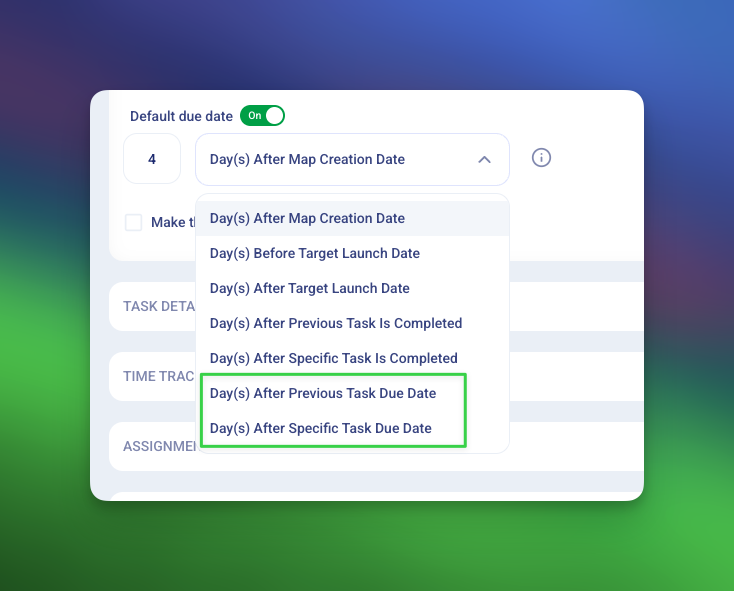6 C’s for Customer Success and Onboarding Managers

Hello there, product expert and brand ambassador. Customer advocate, project manager, and support handoff. Isn’t it funny the many hats that customer success and onboarding managers wear? Funny-not-funny after looking at your calendar, maybe. But who else is going to keep all the plates spinning for that shiny new logo you just signed?
As you know, the trick—and the magic of customer success managers (CSMs), really—is to be the value-bringer in the relationship. To be effective, CSMs have to be effective for the customer, be it orientation, onboarding, adoption, or otherwise. And they have to do it while simultaneously juggling a lot of different relationships, each at different points in the journey.
The 6 Cs: Fundamental Guidance for Customer Success Professionals
We’ve found that a guiding framework tends to help. It’s what we call “the 6 Cs,” a handful of core principles that customer success professionals (and onboarding managers!) can use to keep customers on track. You’ll find that these principles can be applied in a variety of conversations, whether your customer has just started the process, or has moved well into the post-sale ecosystem.
1. Conversation
For some reason, every client phone can feel like game-on—like a presentation, one-sided directive, or lecture. It’s a strange phenomenon that can create unnecessary pressure. Instead, we like to remind ourselves that it’s a conversation. We talk to customers more like long lost friends, rather than strangers or, worse, antagonists. A more trusting, open, and flexible relationship is typically the result.
2. Control of call
Customer success managers often make the mistake of assuming their customers’ omniscience. The truth is that most customers don’t know everything. On the contrary, they’re very much looking for their new vendor to take control from the start. Here’s the formula we recommend sticking to for customer calls:
- Small talk (with an eye on the clock)
- Rapport building (what’s new in life? I see you just raised a series A?)
- Is everyone here (and do adjustments need to be made in lieu of absences?)
- Agenda (ideally, one that has been shared beforehand)
- Execute
It’s up to the CSM to direct the questions and take the customer where they should go. After all, they’ve most likely never been down your journey before. If someone tries to move ahead of the timeline, let them know that you’re going to cover that topic in a few minutes. Staying on track is mutually beneficial, here. It’s not about shutting anybody down, but staying on task so that the team covers everything in the appropriate order and detail.
3. Confidence
Just as new customers look to their CSMs for guidance, they’re also looking for reassurance. With work and life pressure, the boss (or board) breathing down their back, they’re naturally programmed to look for any reason, whatsoever, to have buyer’s remorse. It’s important that CSMs don’t waver or show uncertainty. Again, keep in mind that, unless your company provides a very widely used commodity, you most likely know more about your product than the customer you’re talking to. Be the product expert and CX northstar that your customers need. Go forth with confidence!
4. Consistency
Give me a plan, give me confidence, and do it consistently. That’s what customers really want: consistency. It’s okay and even encouraged to tweak the process along the way. But most successful CMS follow a similar outline or process for every single customer.
Think of it this way: even though you might be tired of saying the same things over and over again, it’s still the first time that your customers are hearing it. Your ability to consistently be engaging is the difference between a disinterested customer scrolling Facebook during your monthly sync, or one that asks questions and pays close attention.
5. Courteous
Far be it from us to censor anybody, but do mind your sorries. Consistent courtesies go a lot further than constantly saying sorry for every little thing. Here’s a few of our go-tos that seem to go a long way:
- “Thank you for taking time to join the call”
- “Could you please send this over after the call”
- “I appreciate the hard work getting this done”
- “Thanks for your time today. I know things are quite busy.”
Courteousness is like a muscle: the more you exercise it, the more naturally you’ll pick up on moments where courtesy is warranted. Of course, let’s not forget that there’s a difference between being courteous and being a pushover. And customers almost always know the difference between superficial niceties and genuine courtesy.
6. Creating Champions
One of the more rewarding parts of a CSM’s job is when customers become champions. They give you glowing reviews and customer survey responses. They recommend to peers and spread the word on social media.
A few personal examples come to mind that illustrate the point. One of my favorite companies to talk about is Progressive Insurance. Weird, right? I mean, who champions auto insurance, unless they’ve had an accident and the insurance company was great?
Me, that’s who.
Because every time I interact with Progressive Insurance, whether it be modifying my policy, or addressing payment issues, the experience has been A+. Flawless. I’ve heard my military friends say similar things about customer service at USAA and Navy Federal. When you get customers talking about you this way, the good tends to beget more good.
Key takeaway: be your customer’s steady hand
Granted, a CSM’s role does not wholly own customer experience. But CSMs join customer success as the human element of the post-sale experience. That doesn’t mean you have to bend over backwards for customers. Instead, this is an opportunity to bring the energy, the focus, and to consistently follow the 6Cs.
See how Onboard can help.
Schedule A Demo





.png)


